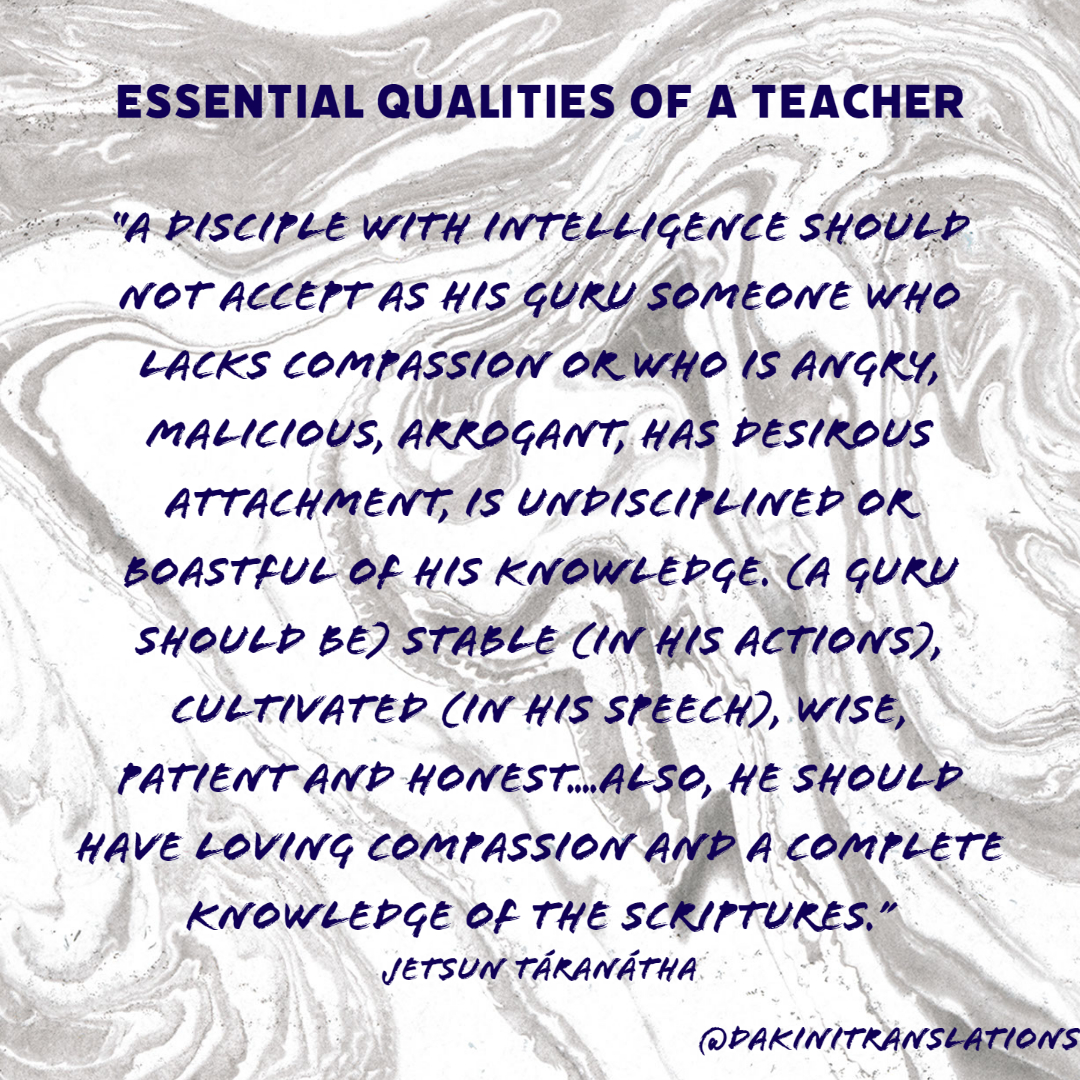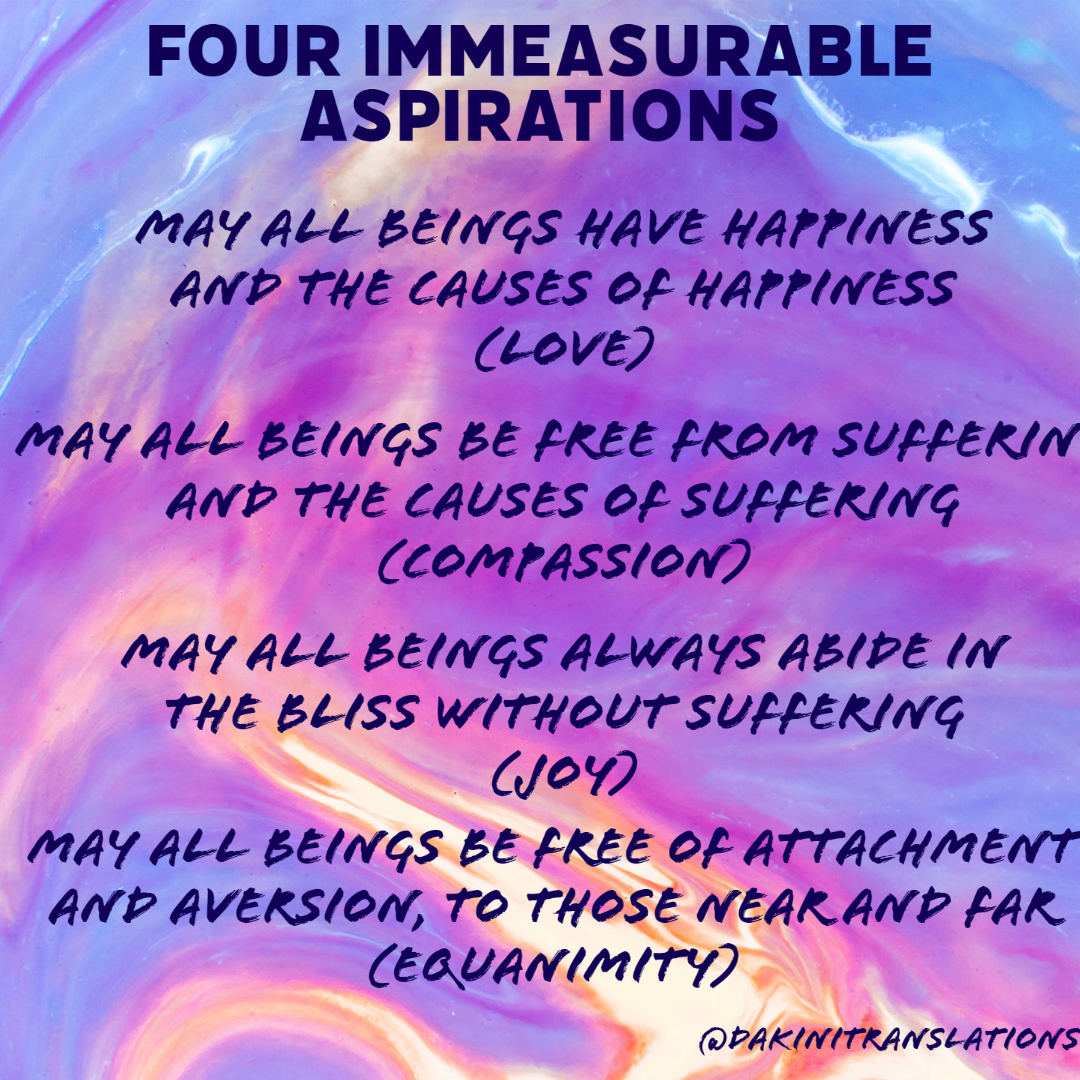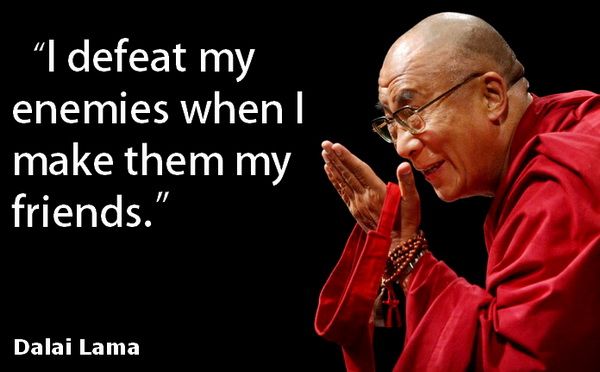INTRODUCTION
Music? What’s Going On? by Marvin Gaye, Heart of Gold by Neil Young and Where is the Love? by Black-Eyed Peas…’take control of your mind and meditate, gravitate to the love ya’ll’
Written ‘with love’ by Adele Tomlin, 9th December 2022.
WHAT IS LOVE? The Buddhist view vs. the worldly view of love, attachment and equanimity and an essential quality of a teacher
‘Love’ based on attachment and real love

There is an idea that love is generally, love we have for our children, families, lovers or spouses. Yet, in reality, this kind of love can easily breakdown over small or big matters, sometimes over something very trivial like taking personal offence at what someone said to you, or you thinking they ‘disrespected’ you. It is based on what is called ‘attachment’ (chagpa in Tibetan).
Although it is important and healthy not to be around people who continually bring you down, or undermine you, at the same time, as Buddhist practitioners, we should try to generate genuine love and compassion for all beings nonetheless. The Buddhist view of love, as I spoke about before briefly here, is wishing others to be happy. Not in a worldly sense of the word ‘happiness’ but in the long-term, lasting sense of the word ‘happiness’, which in Buddhism means ‘full awakening’ and freedom from self-clinging and suffering.
The difference between loving non-attachment and cold detachment

Liking vs Loving and making Buddhism into a worldly activity by shunning, blocking, ghosting and demonising others

In a culture, where being liked or popular has reached new extremes with social media, the notions of real love, as opposed to liking something, has been even more lost. Real love in the Buddhist view must be generated for all beings, regardless of whether we personally ‘like’ them or not. That is difficult but it is an essential part of the Buddhist path.
If we turn Buddhism into some worldly activity, like a job, career or business, then we are not practicing Buddhism, but Buddhist business. As the Indian yogi and teacher Sadhguru says, “if we are doing significant work, then we must work with difficult people….horrible people can do wonderful things, you will see.”
Actions such as shunning, blocking, ignoring, ghosting, cancelling (especially without any explanation or warning) towards those we do not like (or have any time for), is no doubt a phenomenon of the online culture we live in, but it is nothing to do with Buddhism or the Buddhist idea of love.
When Buddhist teachers and communities do that to people within their very midst, whose only ‘crime’ it seems was to speak truthfully about unethical conduct towards women, or to ask difficult and challenging questions about a teacher, it is a real sign of degeneracy and a lack of love. As I myself have experienced and written about here, such shunning has nothing to do with love or Buddhism at all, but is a sign of a worldly mentality to beings and the Dharma.
Buddhist view of love for all as an essential quality of a teacher
To end this short post, I leave you with two quotes by two revered Tibetan Buddhist masters. The first is from Shantideva’s The Bodhisattva’s Way of Life, who advises all Buddhist practitioners revere difficult people with love and as their teachers:

The second is from Jonang and Shangpa Kagyu lineage holder, Jetsun Tāranātha who states in A Hundred Blazing Lights, that love and compassion for all beings, is an essential and fundamental quality of a qualified teacher:

Equanimity means equal love for all and the four immeasurable aspirations in Buddhism
As I have said before, I do not see myself as a qualified teacher or anything special, but after some people requested it, I thought it might be helpful to explain some of these fundamental Buddhist concepts from my own limited understanding, for a non-Buddhist and Buddhist audience who might be interested.
In any case, may this post on love remind us all about what real love means in the Buddhist view, and help us to generate love more for all beings, not just those we like or find ‘co-operative’, ‘peaceful’ or ‘likeable’. Let us not turn Buddhism into a business or ordinary, worldly activity.
Buddha himself is sometimes pictured in the equanimity pose, with one person next to him trying to harm him, the other revering him, yet with equal love and compassion for both. Equanimity never meant having no love and no emotion and not caring. It meant loving and having compassion for all in equal measure and depth.
After all, the four immeasurable aspirations recited by Buddhists daily are:

Or as the 14th Dalai Lama says:

Further reading/resources
Tantric Buddhism, vows, sex and women – the importance of love, respect and consent
Necessary Qualities of a Vajrayana Teacher by Jetsun Tāranātha in “A Hundred Blazing Lights”

